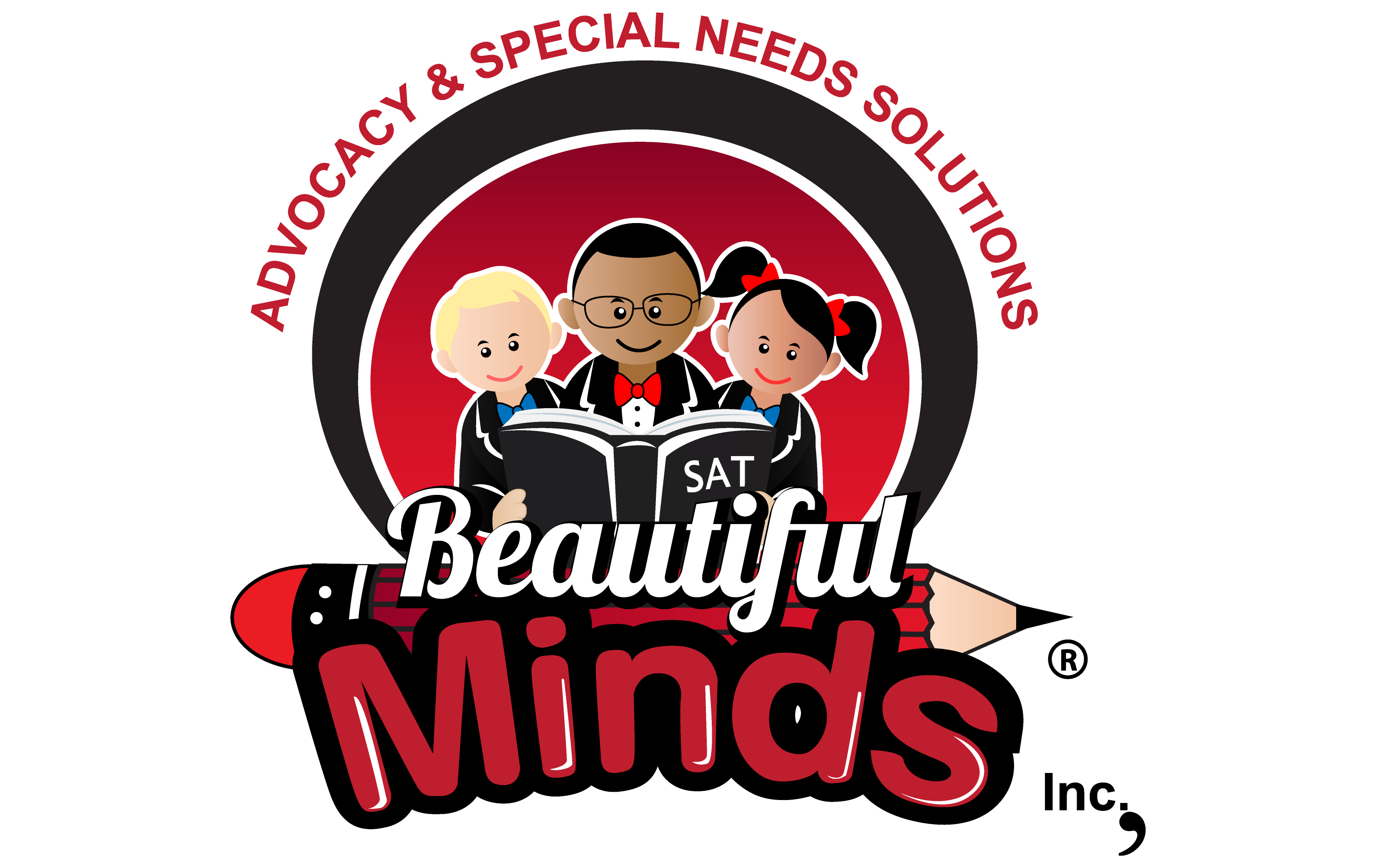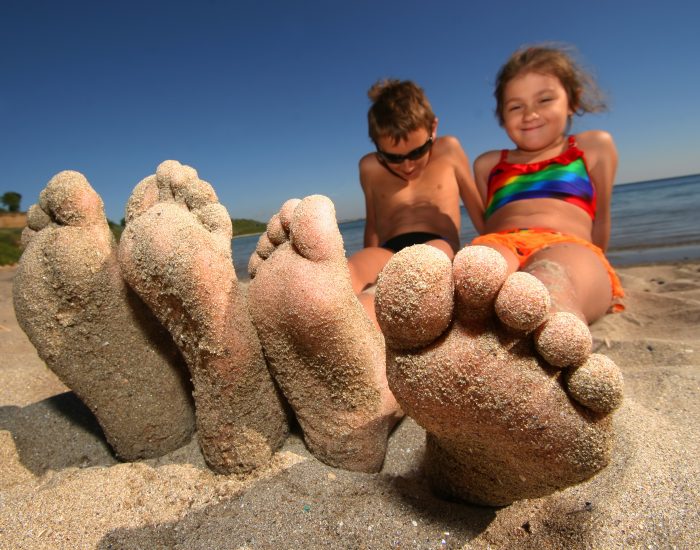How Black Boys with Disabilities End Up in Honors Classes – While Others without Disabilities End Up in Special Education
Ivory A. Toldson, Ph.D.
“Among the nearly 40,000 black male 9th graders currently in honors classes, 2.5% have been told they have a Learning Disability, 3.3% Autism, and 6% ADHD… Black males with and without disabilities can excel in schools that have adequate opportunities for diverse learners and a structure that supports personal and emotional growth and development”;
For the data presented in this report, the author analyzed 17,587 black, Hispanic, and white male and female students (black male N = 1,149) who completed the High School Longitudinal Study of 2009 (Ingels, et al., 2011). This is a brief report from a larger study completed under the auspices of the National Dropout Prevention Center for Students with Disabilities (NDPC-SD) for the United States Department of Education, Office of Special Education Programs (OSEP).
Research suggests that black boys’ transition to and through the ninth grade shapes their future odds of graduating from high school (Cooper & Liou, 2007). Today, approximately 258,047 of the 4.1 million ninth graders in the United States are Black males. Among them, about 23,000 are receiving special education services, more than 37,000 are enrolled in honors classes, and for nearly 46,000, a health care professional or school official has told them that they have at least one disability. If black male ninth graders follow current trends, about half of them will not graduate with their current ninth grade class (Jackson, 2010), and about 20 percent will reach the age of 25 without obtaining a high school diploma or GED (Ruggles, et al., 2009).
Black boys are the most likely to receive special education services and the least likely to be enrolled in honors classes. Across black, white and Hispanic males and females, 6.5 percent are receiving special education services, 9.7 percent have an Individualized Education Plan (IEP), and 25 percent are in honors classes. For black boys, 9 percent are receiving special education services, 14.7 percent have an IEP, and 14.5 percent are enrolled in honors classes. Black boys who are in the ninth grade are more likely to be enrolled in honors classes than to receive special education services (SEE Table 1).
Having specific disabilities, including learning disabilities, developmental delays, autism, intellectual disabilities, or ADD/ADHD, increases the odds that any child will receive special education services. Among black male ninth graders who are currently receiving special education services, 84 percent have a disability and 15.5 percent have never been diagnosed. Among those not receiving special education services, 80 percent have never been indicated for a disability, and 20 percent have. Black males are no more likely to be diagnosed with a disability than white and Hispanic males (SEE Table 2).
Having a disability is related to other negative consequences, particularly for black males. Aside from special education, students with disabilities are more likely to (1) repeat a grade, (2) be suspended or expelled from school, (3) have the school contact the parent about problem behavior, and (4) have the school contact the parent about poor performance. When creating a scale which included the four risk factors mentioned, plus special education and having an IEP, black boys without disabilities were likely to endorse at least 1 of the 6 risk indicators, and those with disabilities endorsed between 3 and 4. Using these factors as a reliable predictor of not completing school, we find that students of all races and genders are at least three times more likely to drop out of school than their counterparts without disabilities. Among all races and genders, black males without disabilities endorsed more risk factors than others without disabilities, and black males with disabilities endorsed more risk factors than any other group of students (SEE Figure 1).
Nevertheless, the trajectory of black males with disabilities is not uniformly dismal. Among the nearly 40,000 black male ninth graders who are currently enrolled in honors courses, 15 percent have been told they had a disability by a health professional or the school at least once. Three percent of black males in honors courses have been told they have a learning disability, 3 percent autism and 6 percent ADD or ADH
How Black boys with Disabilities End up in Honors Classes
Having a broader understanding of the true nature of disabilities helps us to have a better understanding of how black boys with disabilities end up in honors classes. Importantly, a disability does not have to be debilitating. For instance, a learning disorder may be more aptly described an alternative learning style. For some students, mastering an alternative learning style will give them a competitive edge over students who are average “standard” learners. A visual learner could master the art of using pictures to encode lessons in their memory or use “concept mapping” to invigorate mundane text. Similarly, while some easy-to-bore ADD and ADHD students have an irresistible impulse to create the havoc necessary to stimulate their insatiable nervous system, others may use their urges to energize the lessons. They may interject humor and anecdotes, or push the teachers to create analogies. While they may have difficulty processing large volumes of dense text, they may be the best at taking discrete concepts and applying them creatively to novel situations
Every disability has a negative and positive offprint. Most are aware of the social challenges for children with autism that make it difficult for them to communicate with other students or teachers. However, few take the time to understand the advantages of certain peculiar behaviors. In some instances, children with autism are able to leverage their repetitive behaviors and extraordinary attention to random objects, into the development of mathematic and artistic abilities. Similarly, the scattered attention and hyperactive energy of someone with ADHD helps some children to juggle many task, relate to many people, and excel in student activities and student government. Many studies suggest that beyond school, people with symptoms of ADHD often excel in professional roles
How Black boys without Disabilities End Up in Special Education
Importantly, having or not having a disability is not a rigid category. Most, if not all, people have some characteristics of one or more disability. We all have different attention spans, levels of anxiety, susceptibility to distraction, social acuity, etc., which are controlled by past and present circumstances, as well as our unique biochemical makeup. Many black boys who end up in special education do not have a disability. Rather, they have circumstances that spur behavior patterns that are not compatible with the school environment. Situation specific symptoms will usually remit with basic guidance and structural modifications to the persons’ situation. In school settings, from the standpoint of disabilities, students can be divided into four categories:
A true negative – children who do not have a disability and have never been diagnosed
A true positive – children who have a disability and have been accurately diagnosed
A false negative – children who have a disability but have never been diagnosed
A false positive – children who do not have a disability but have been diagnosed with one; or have a specific disability and diagnosed with the wrong one.
Many problems are associated with false negative and false positive diagnoses. A child with an undiagnosed disability might experience less compassion and no accommodations for learning or behavioral challenges. A child with a genuine learning disorder might be expected to follow the same pace as other students, and be penalized with suspension for opposing an incompatible learning process. False positive children may be relegated to a learning environment that is not stimulating or challenging. There is research evidence that Black males are more likely than other races to have false negative and false positive diagnoses, due to culturally biased assessments, unique styles of expression, and environmental stressors.
What does this all mean?
Black males with and without disabilities can excel in schools that have adequate opportunities for diverse learners and a structure that supports personal and emotional growth and development. Contrarily, schools that view disability and emotional adjustment difficulties as enduring pathologies that need to be permanently segregated from “normal” students, will stunt academic growth and development. The nearly 5,600 black male ninth graders with a history of disability who are currently enrolled in honors classes likely benefitted from patient and diligent parents who instilled a sense of agency within them, and a compassionate school that accommodates a diversity of learners. They are also likely to have some protection from adverse environmental conditions, such as community violence, which can compound disability symptoms.
Importantly, black males are no more likely to be diagnosed with a disability than Hispanic or white males, yet they are more likely than any other race or gender to be suspended, repeat a grade, or be placed in special education. Having a disability increases these dropout risk factors for all students regardless of race and gender; however, the tenuous status of black males in schools nationally appears to be due to issues beyond ability. One important caveat to consider: some studies suggest that come common drop out risk factors do not predict drop out for black males with the precision that it does for white males. For instance, frequency of suspensions has a much stronger association with dropping out (Lee, Cornell, Gregory, & Xitao, 2011) and delinquency (Toldson, 2011) for white males than it does for black males. The larger implication of this finding is very unsettling; while the act of suspending is reserved for the most deviant white male students, suspensions appear to be interwoven into the normal fabric black male’s school experiences.
While we cannot ignore the injustices in many schools, they should not overshadow the hope and promise of the black male students who are enrolled in honors classes. In addition, we should respectfully acknowledge schools and teachers who provide quality special education services designed to remediate specific educational challenges with the goal of helping students to reintegrate and fully participate in mainstream classes. Exploring the question, “how black boys with disabilities end up in honors classes, while others without disabilities end up in special education” may help us to gain a better understanding of an enduring problem, as well as reveal hidden solutions, for optimizing education among school-aged black males.




